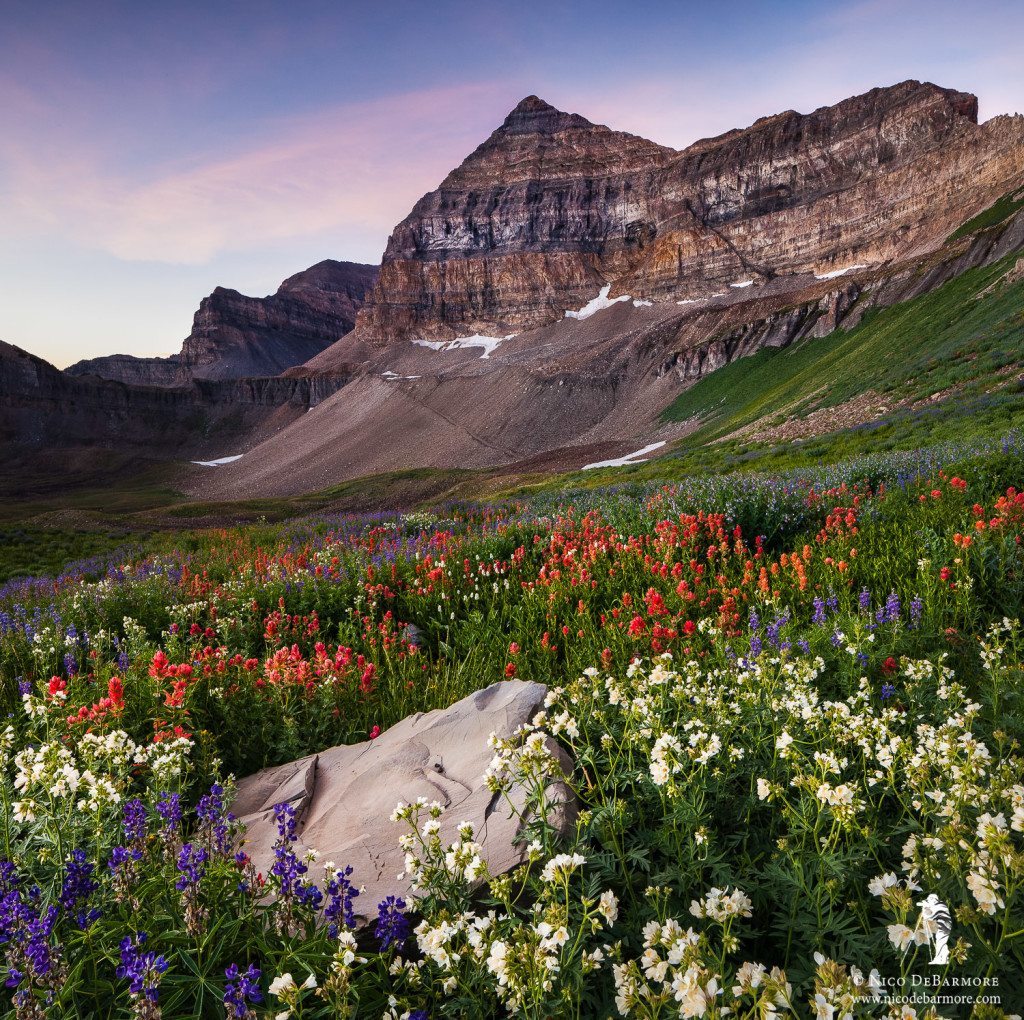
Wildflower Basin
1 August 2014
Mount Timpanogos or “Timp” is a household name here in Utah. The 11,752 ft peak rises right up over Utah Valley and the cities of Provo, Orem, Lehi, and American Fork. The mountain has a long ridgeline and is the second highest in the Wasatch mountain range. With topo prominence of 5,270 ft – the mountain sticks out there! It’s dramatic…
I hiked Timp last year with a focus on making the summit by sunrise. It was late July and I wanted to see what all the fuss was about. I had no excuses since this mountain is so close to home – only an hour drive to the trailhead. The summit was gorgeous, especially in the morning. On that trip we hiked up the Aspen Grove Trail, slept in the old shelter by Emerald Lake, and the hit the summit for sunrise and headed out via the Timpanooke Trail.
For this trip my focus would be wildflowers and a night-time summit with a heavy focus on photography. Specifically, I was hoping to capture field of brilliant yellow wildflowers in the basin below the peak. Those yellow daisies really pop against the green grasses covering the valley floor. After doing some research online and sifting through EXIF data on other photographs, I decided my best bet would be the weekend of August 1st, so I headed out for a quick overnighter in Timpanogos Basin.
Getting There
Timpanogos is easily accessed from I-15. Just take exit 284 for Hwy 92 through Lehi. Keep driving and you’ll soon be in American Fork canyon. Pay the USFS fee and drive along the beautiful canyon road to Timpooneke Campground. Alternatively, you can reach the canyon road from Hwy 52/Hwy 189 (Provo Canyon Rd) near Sundance Ski resort.
The Trail
There are two ways to get up Timpanogos (and two ways to get down). The Aspen Grove Trail from Theater-in-the-Pines is 7.2 miles from trailhead to summit, and the Timpooneke Trail from Timpooneke Campground is 7.5 miles. The difference between the two is that the Aspen Grove Trail is much steeper, while the Timpooneke Trail feels more drawn out and a constant, but manageable incline. Both trails have great views, and both are worth hiking – a shuttled loop trip is optimal if you’ve got to cars.
For this adventure I just did an out-and-back on the Timpooneke Trail. I would have preferred Aspen Grove because it takes you to the Emerald Lake and subsequently a hard shelter, which means I could leave a tent behind. However, my goal was to photograph wildflowers in the Timpanogos Basin at sunrise and sunset, and I prefer to sleep as close as possible to where I take early morning/late evening photos.
I included the simple map with mileage from the trailhead on the left. On the right is a more detailed USGS Topo pulled from CalTopo.com. I’ve highlighted my route for clarification. Click on either for a more detailed close up view of the image.
The Hike
I left Timpooneke trailhead in beautiful weather and promptly hucked it up the mountain for 5.2 miles to the Timpanogos Basin in one fell swoop – no breaks. I believe it took me about two hours to reach Timpanogos Basin. Along the way I passed many day hikers, most of them weary and downtrodden, eager to reach their cars and comforts of home. The farther up the trail I hiked, the less people I saw. Most folks do Timpanogos as a day hike and just start early in the morning. Even the people who summit for sunrise will start from the trailhead at 2 AM rather than bringing a proper backpack and camping at the base of the summit. The farther up the trail I hiked, the more wildflowers and wildlife I saw as well. Cresting over the last ridge and into Timpanogos I was excited to be reaching my destination.
However, I had two immediate problems to contend with. First of all, I had no water. I generally don’t hike with water, and prefer to wait until I cross a stream to fill up and then purify using a Steri-Pen. I drink my fill, then dump the rest out with the general knowledge of when my next opportunity to fill up will be. I thought there would be a small creek flowing out of Timp Basin. I was wrong – it had all but dried up. I had reached me destination, but without water I would not be making the summit climb later in the day. In the distance I saw a large snowdrift in what might be a “pocket” of the basin. I headed over there and sure enough below the snowdrift was a small shallow pool, perhaps a foot deep, of clear beautiful water.
The Storm
My second problem was that as I crested into the basin, raindrops started falling. Not really a problem – I put on my rain gear and kept hiking, thinking the storm would just blow through. Not so – the storm thickened and large drops feel from the sky, eventually followed by 1/4″ hail that was pelting me so hard that I ran for the cover of a small copse of trees in the middle of the basin. I think these little trees really may have been the only cover in that whole basin that have a slightest chance at providing a dry refuge. I sat under the trees, eating some trail mix, waiting for the deluge to blow away. Unfortunately the storm just seemed to stay put, and the temperature dropped 15-20 deg F as the hail continued and thunder and lightning split the sky. I was doing jumping jacks and squats to keep warm, but eventually gave in to putting on all the clothes I had brought, which was warmth enough. Of course, once I put them on, the storm lightened up. I was thankful to get out from under those trees and finally search out a campsite so I could get a tent setup and start scouting a spot for sunset.
I found a pretty killer spot to stake out my tent. The edge of Timpanogos Basin drops away in small cliffs, and this pattern continues all the way down the valley – basin/cirque + cliff and repeat. My tent was at the edge of the upper most cliff in the valley so that I could see the sun rising and the alpen glow over the Wasatch Range from inside.
I really wanted to have the my tent set up and ready for when I got back that night because I knew I would be super tired. I also wanted to drop the weight of the tent + sleeping system from my back so that I could move around a bit easier. I was now ready to stake out my spot to photograph the wildflowers against the backdrop of Mt Timpanogos.
The Sunset
My ultimate goal was to find a carpeted field of yellow wildflowers that would really add an enormous punch of color to the image. Last year I had seen many lupine and indian paintbrush, but even the densest clump of those flowers doesn’t provide the solid bank of color I was looking for. Unfortunately, I had missed the bloom on the yellow flowers. I think I may have been as much as two weeks late – I could see the stems of these yellow flowers, devoid of petals.
Despite no yellow wildflowers, I was still determined to make a photograph of Timpanogos with a foreground of colorful flowers. I found a particularly photogenic patch of lupine and indian paintbrush and set up to photograph the sunset. Of course, by the time the sun set, all of the dramatic weather from earlier in the day had blown away to leave nary a cloud in the sky.
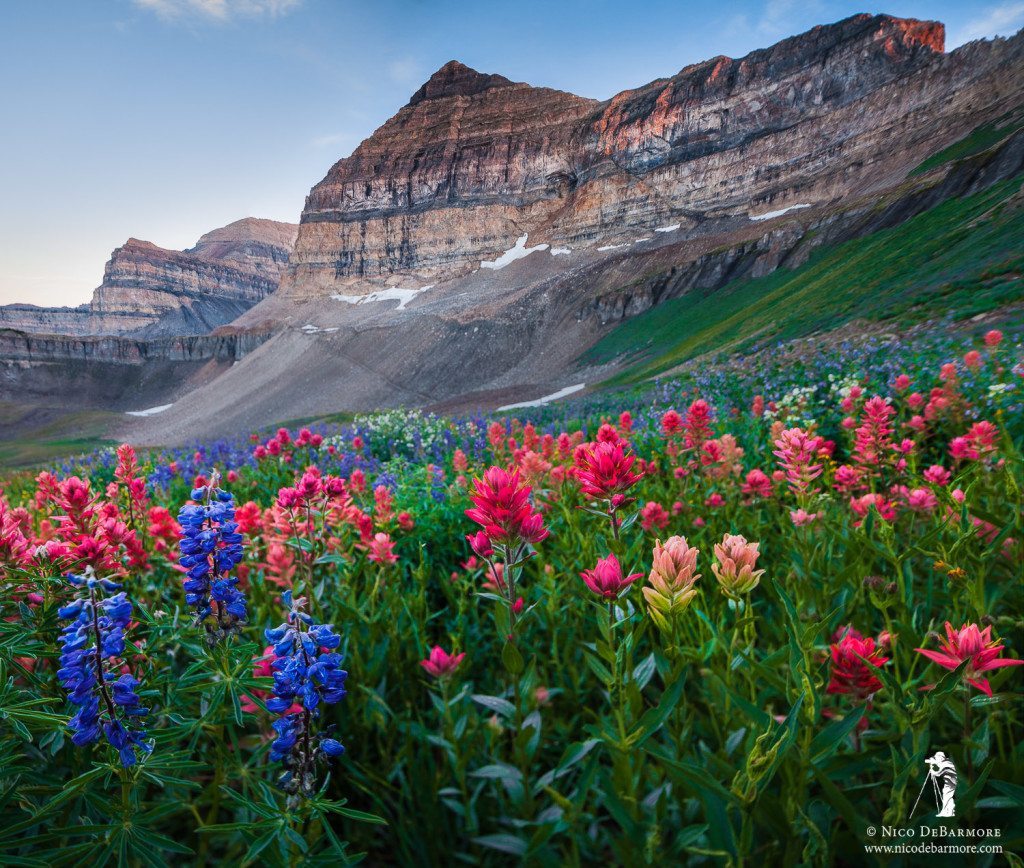
Lupine and Indian Paintbrush Beneath Timpanogos
I tried for a close-up image of the flowers and got down on their level. Shooting at a lower perspective with wildflowers highlights individual flowers, while a higher perspective in a thick clump creates more of a “solid field of flowers” effect. The challenge in this case was depth of field. Focusing only inches away with my 24mm lens, I would have to decide the optimal place to focus to keep both the flowers and the mountain sharp. To complicate things (really complicate things), I had a good bit of wind stirring the flowers around which meant longer, cleaner, low-ISO exposures would be a no-go. Luckily I brought my 24mm Tilt Shift (my favorite lens these days) and could tilt the lens to bring both the flowers and the mountain into focus. If you look closely at the upper right of the image you can see I still misjudged my focus a little bit, and the upper right mountain ridge is soft. Also, the mid-ground flowers are a bit soft. I’m still getting the hang of this tilt-shift operation.
The Summit
After the sunset “peaked” in the basin I started for the summit. My goal was to photograph a dramatic cityscape/nightscape image and include the old Glass House at the top of Timpanogos using light-painting technique. The Glass House is a strange hut that has overlooked the valley from the summit of Timpanogos since 1927. The shack used to have glass windows, a geographic rangefinder, and a telescope inside, though those are long gone and the glass has been blown out. All that is left now is the bare steel structure and the central pedestal that supported the rangefinder.
One of the best moments on the Timp summit hike is reaching the saddle at the top of the ridge of Timpanogos Basin. As you crest the ridge the enormity of the Salt Lake Valley opens before you. When I reached that point there was still a good bit of color in the sky from the sunset. From that point on is the most strenuous and dangerous section of the Timpanogos summit climb. From afar the ascent looks to be impossible for a hiker – Timpanogos has incredibly sheer cliffs and large drop offs. The summit trail creeps its way carefully through rock and scrabble, at times with incredibly steep switchbacks. I climbed upward and onward as daylight gave way to night, and reached the summit after about an hour (from the wildflowers in the basin). Night hiking the Timp summit requires a lot of caution because our eyes lose a lot of depth perception at night, and this is not a place to take a spill. It is important to make confident, secure steps, and hiking poles are very useful.
When I reached the summit I sat down and ate a Jimmy John’s sandwich and then set to work photographing the scene. The temperature was pleasant – mid 50s to 60s, which surprised me, and I was thankful there was hardly any wind. As I sat on a rock overlooking the valley I noticed a large number of moths flying around, especially in the swath of light emanating from my headlamp. Then armageddon broke loose – a bat colony had descended upon the summit and was going loco for these moths. They were screeching their sonar noises and divebombing all around my head. I could hear and feel the wind from their wings as one would swoop down low to grab a moth from my light beam.
I lingered at the summit for about 1.5 hours and then started to make my way down the mountain. It was late, and I had woken up at 5 AM that morning, so I was exhausted. I carefully stepped down the trail and was glad when I reached the ridge crest back to Timpanogos Basin. When I reached my tent it was about 1:30 AM, and I was thankful that I had already setup my sleeping pad and bag. I made it into my sleeping bag and was just getting comfortable when I started to hear some voices. It sounded like another group of campers in the basin had returned from a night hike. As I lay there I could here every word of their conversation, and there must’ve been perhaps 8 or 9 people. They were loud, and it was 2 AM. Still awake at 2:30 AM I heard someone suggest they build a fire, and then they began to approach the area near my tent to try to rip branches off the alpine trees. At this point I had had enough. I sat up in my tent and challenged them through the darkness, “HEY…..GO TO BED!”…and of course to be polite I added, “PLEASE!”
They went to bed and the night was saved.
The Sunrise
There is no rest for the weary! And no rest for photographers! Many people think that taking photos must be a fun, easy, vacation-type experience for photographers but I assure you that is not the case. While it definitely is fun, the best light is often as sunrise and sunset and that makes for a really tiring day, especially in the long days/short nights of summer. When my alarm went off at 5 AM I wearily peeked out of my tent and saw we were not even close to sunrise yet. However what I did see was a caterpillar-like train of lights extending from the trailhead way down in the valley all the way up to the basin I was camped in, and then zig-zagging up to the peak of Timpanogos. These were day hikers who wanted to summit at sunrise. They start hiking around 2 AM in order to make it in time. I think it’s great to see the sunrise from the summit – it’s beautiful – but the valley is beautiful too. Hiking in the dark usually bores me because what I like most about hiking is seeing the landscape around me. To each his own…
My 30 minute snooze ended at 5:30 AM and I hopped out of my tent, grabbed my pack, and headed back to my favorite clump of wildflowers in hope for better color than the previous night. After I took a series of photographs I thought the sunrise would be a dud as well. I put my gear away and turned to hike back to the tent when the sun burst across the eastern ridge and blasted Timpanogos in golden light. I dropped my back and was moving quickly in hopes of capitalizing on this moment. While I didn’t get any colorful clouds, I think the color on the peak more than makes up for it. Satisfied with my efforts I broke camp and headed back to the trailhead, which took me about 2 hours of hiking with no breaks.
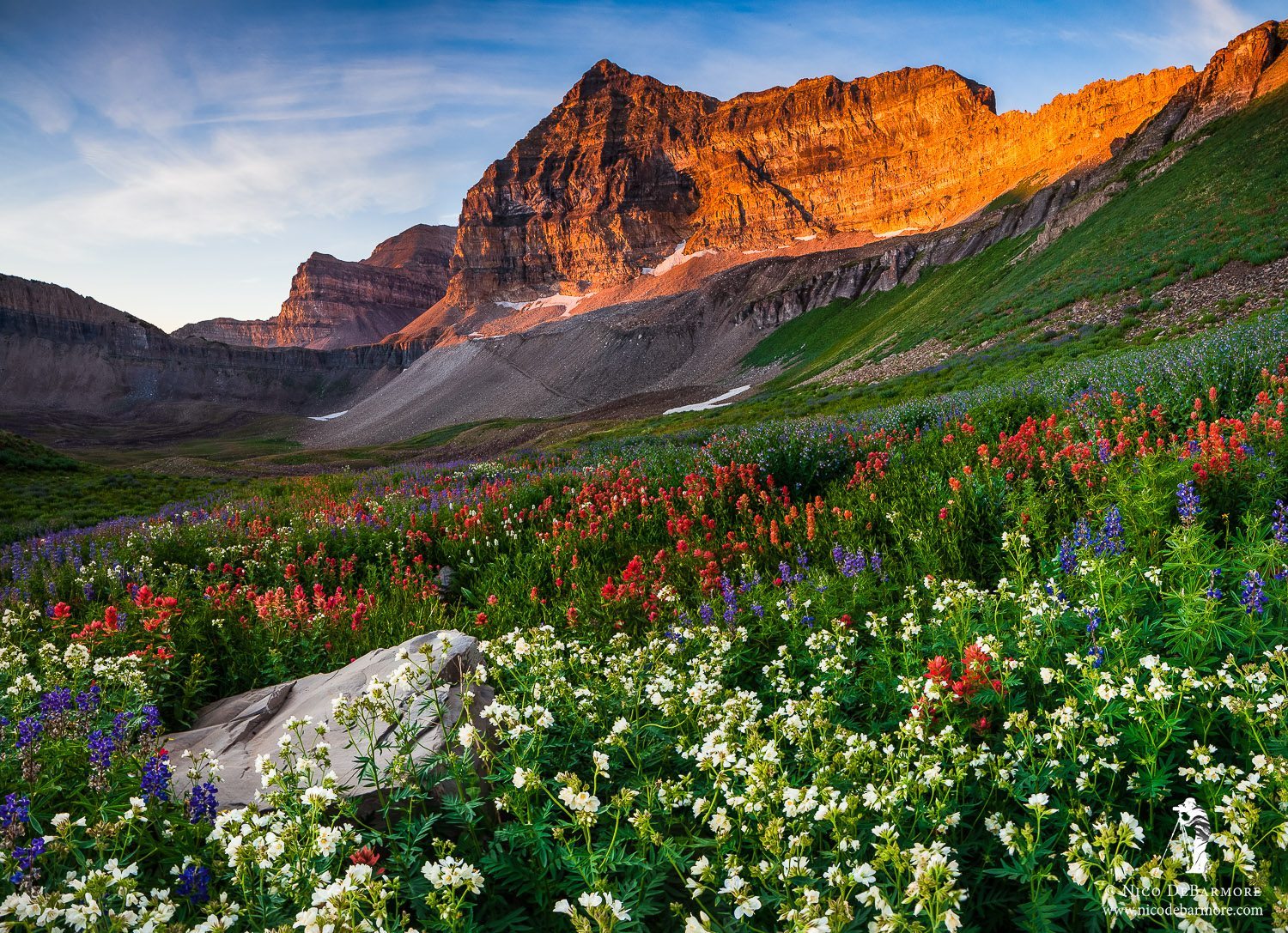
Sunrise illuminates Mt Timpanogos
Final Thoughts
So that’s my Timpanogos Trip Report for 2014. Next time, I’ll be heading back in search of the golden wildflowers again, probably earlier on in the month of July. While this location is beautiful, it is difficult for me to handle the sheer number of hikers. I generally seek solitude when I head into the wilderness and Timpanogos can’t even offer that solitude at 2 AM. While the mountain is close to home, I will likely only visit once a year, if that.

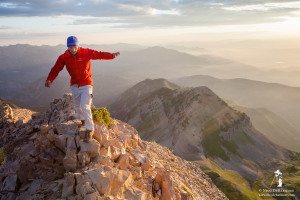
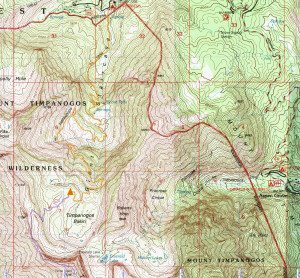
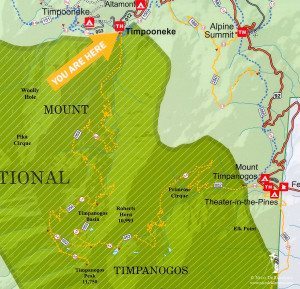
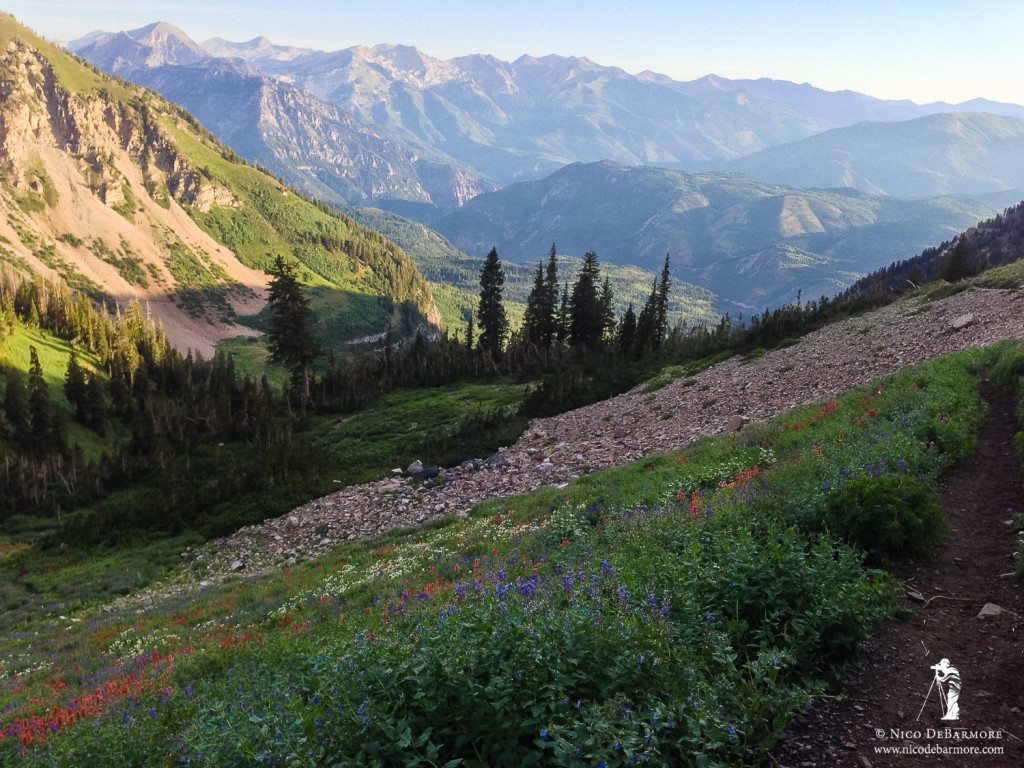


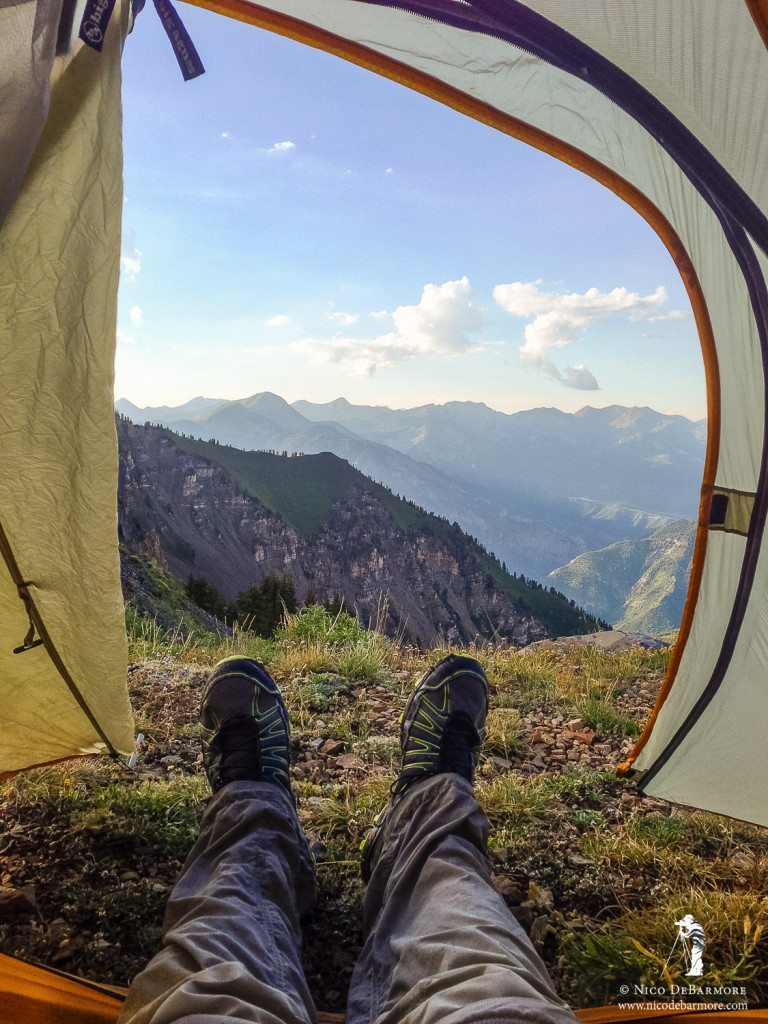
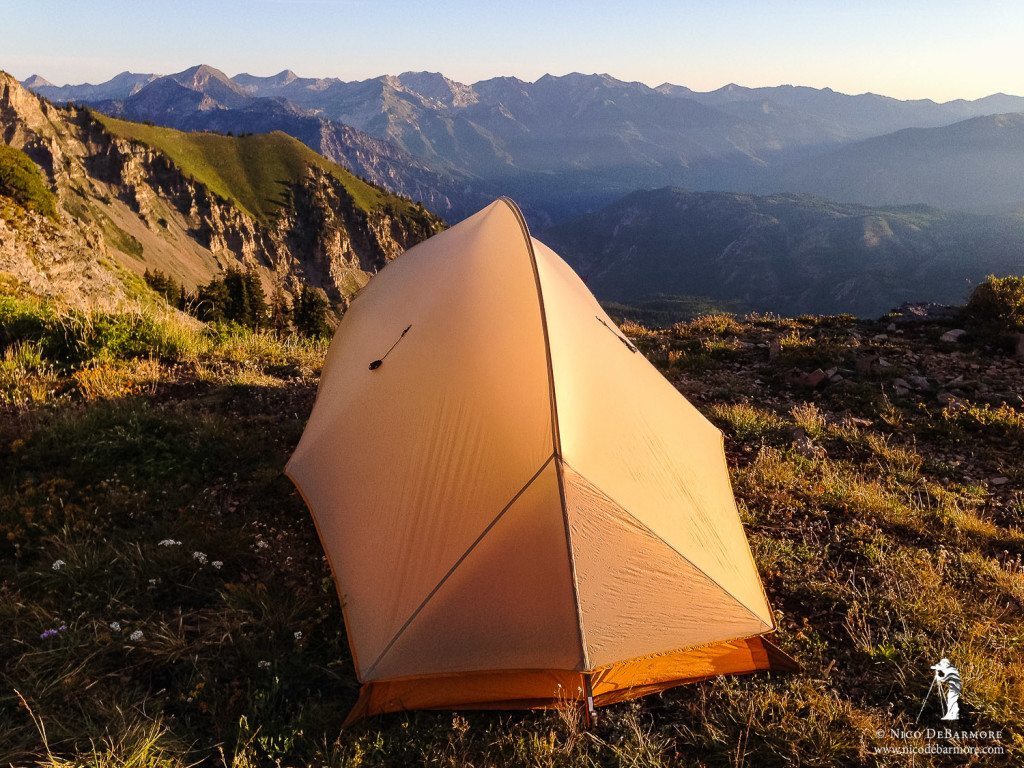
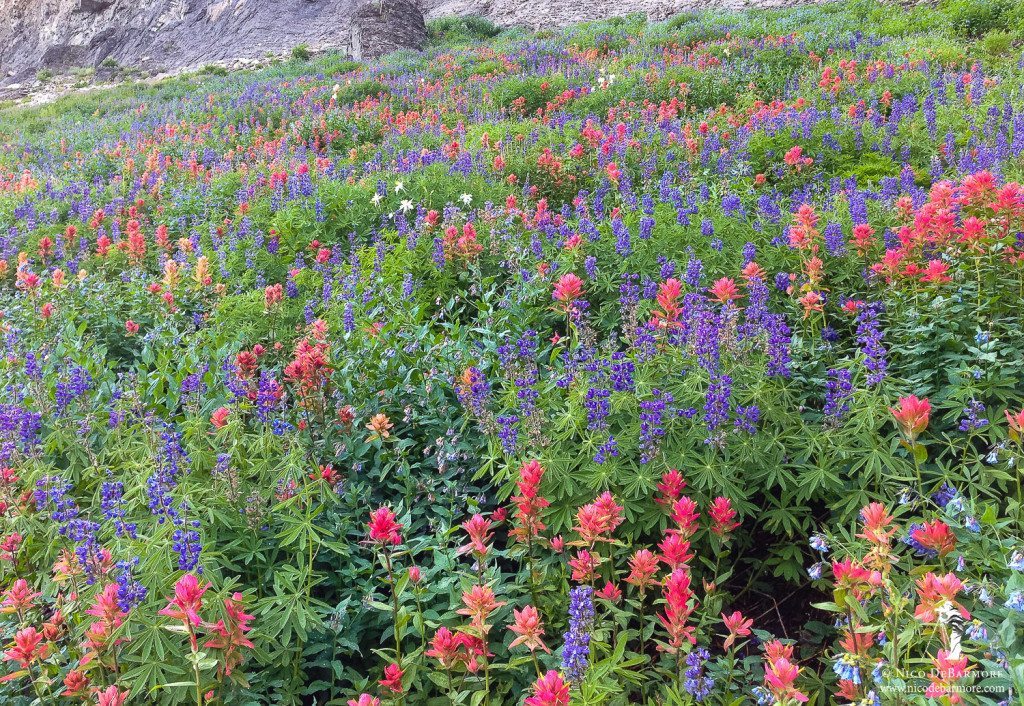
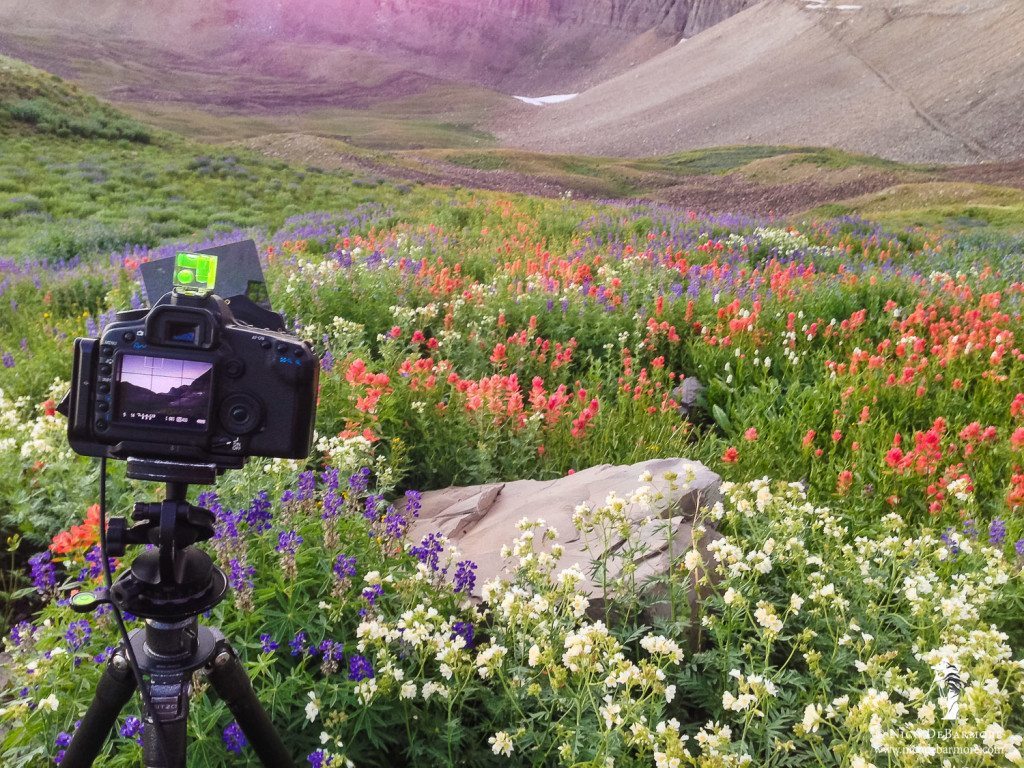
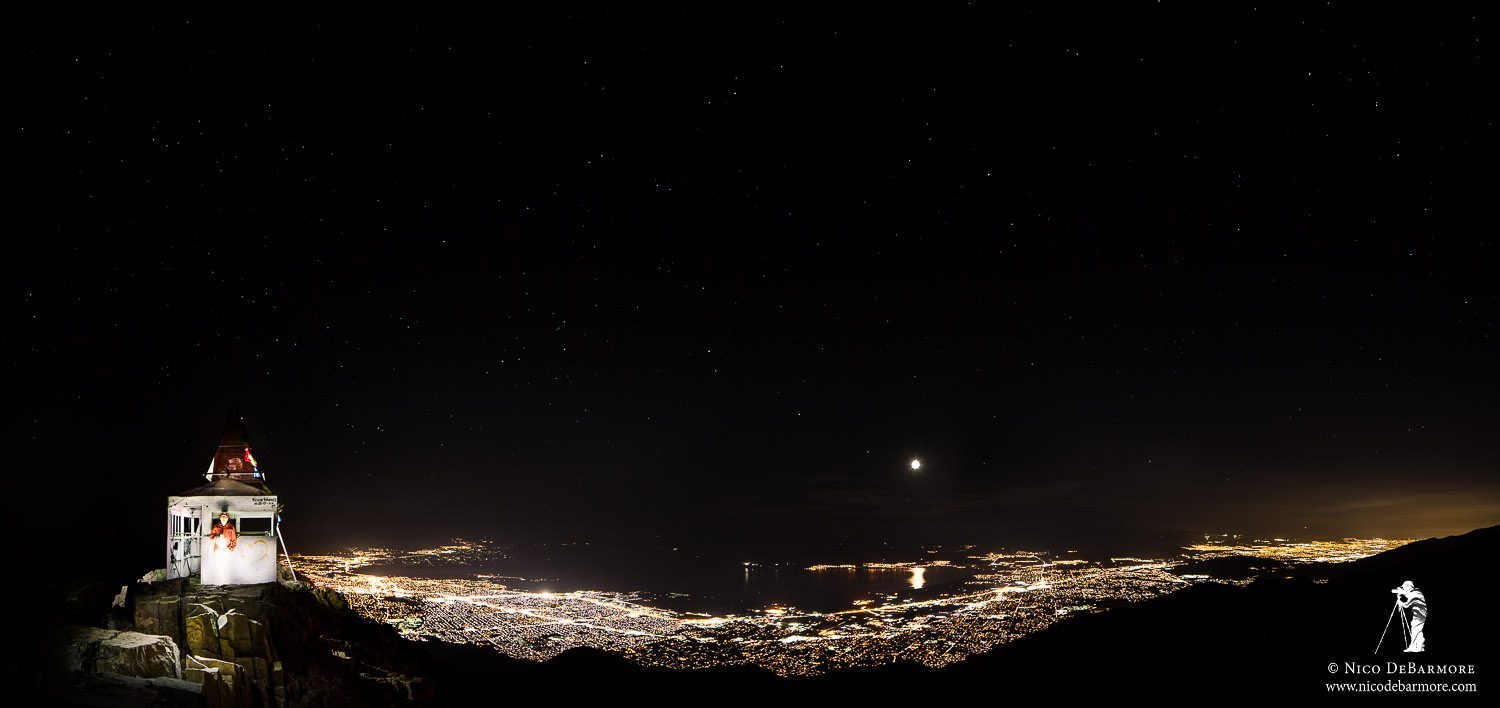
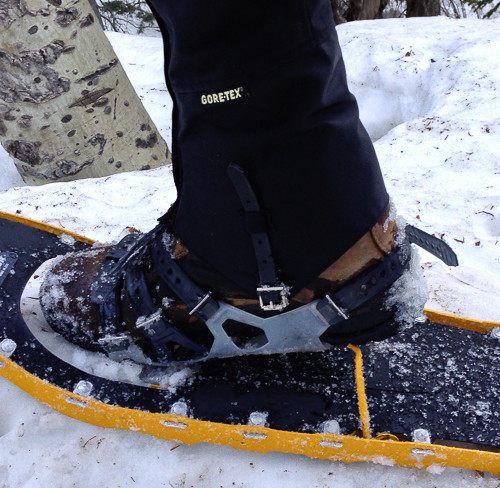
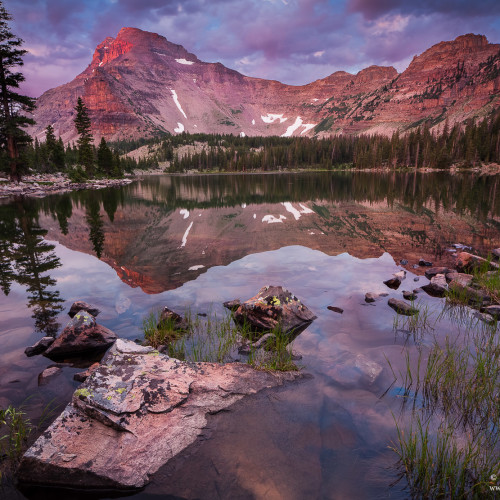
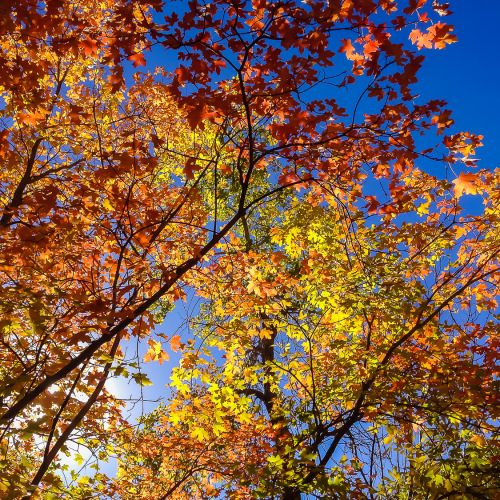
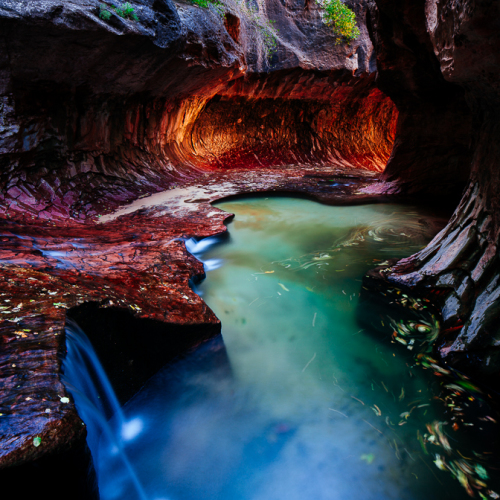
Leave a reply